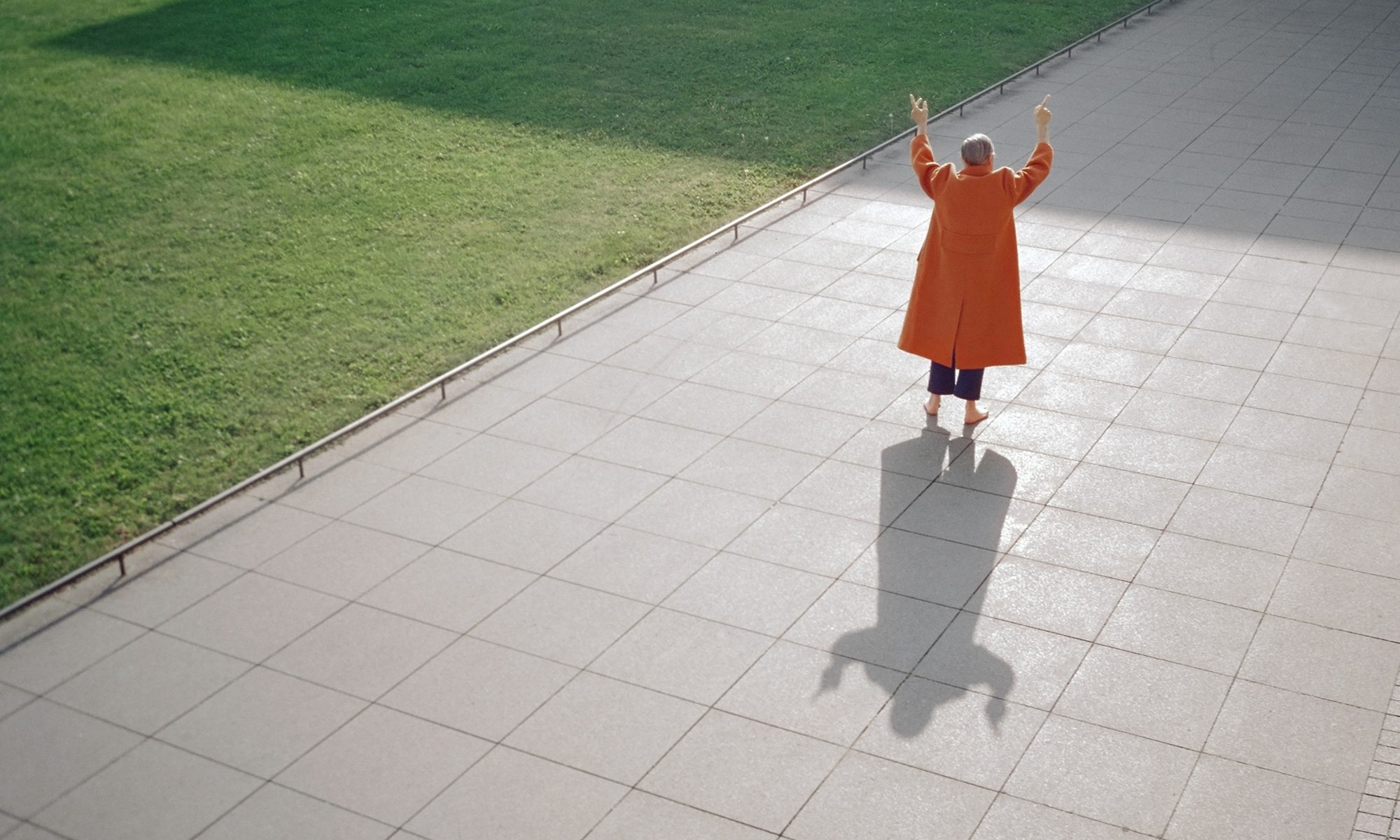I have decided to focus on the stigma against skin conditions for this design project. A stigma is currently defined as a discrediting mark, biological or social, that sets a person off from others and disrupts interactions with them. Dermatological patients are prone to stigmatisation as the condition affects the outer appearance of the patient drastically, and is obvious to the eyes of the public.
2 surveys were made to gain further insights as to how skin conditions can affect the diagnosed person’s quality of life and why a stigma against people with skin conditions exists.
Survey 1: For people diagnosed with skin conditions
This questionnaire served to understand how skin conditions affect the person diagnosed, and the challenges faced in their daily lives.
Below are the questions and some responses from the questionnaire:
What skin condition are/ were you diagnosed with?
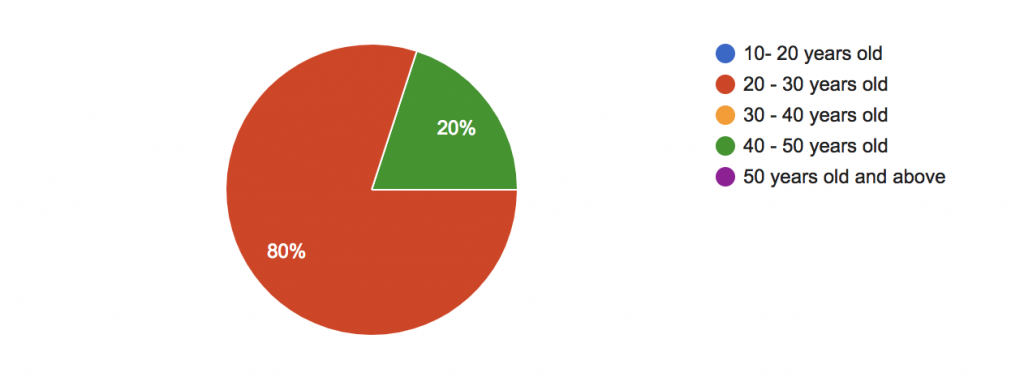
What part of the skin condition affected you the most?
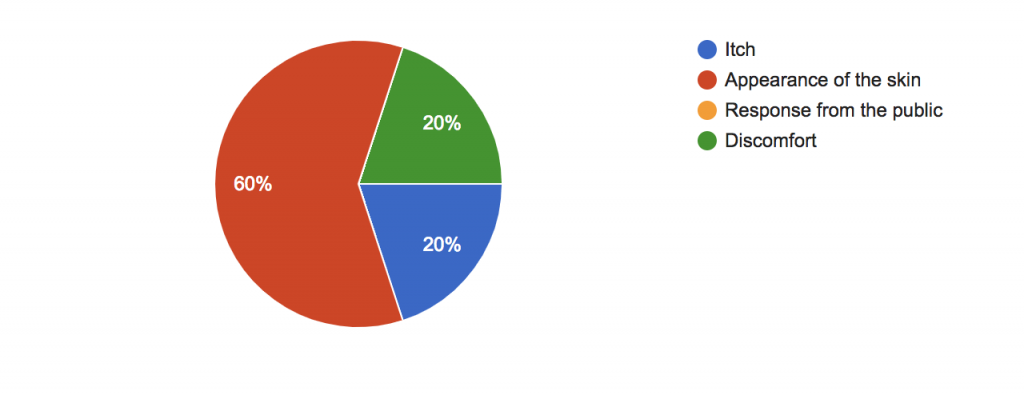
Have you ever been shunned upon/ excluded due to the skin condition?
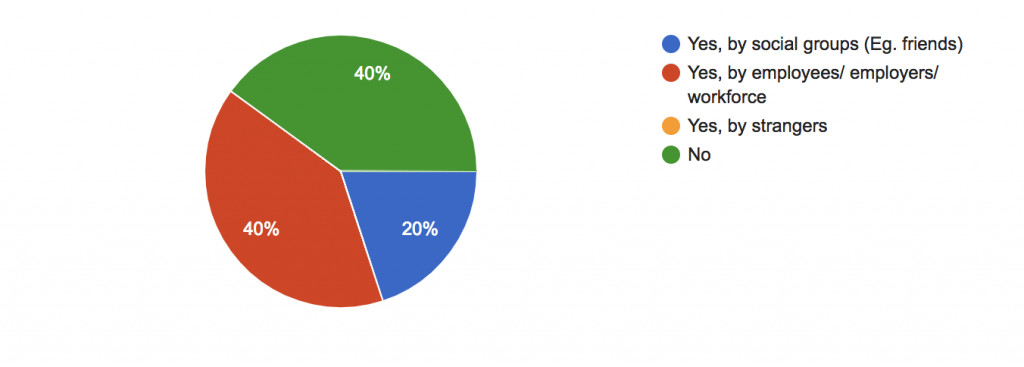
Did the skin condition affect your self esteem? If so, please specify how.

Why do you think the public tends to respond to skin conditions negatively?

Have you ever come across campaigns/ projects about skin conditions? What are your views on the campaigns and its effectiveness?

Survey 2: For people without any skin conditions
This questionnaire served to understand how much of a stigma exists amongst the public, and their reasons and misconceptions behind the stigma.
Below are the questions and some responses from the questionnaire:
Do you feel uncomfortable when you are around people with skin conditions?
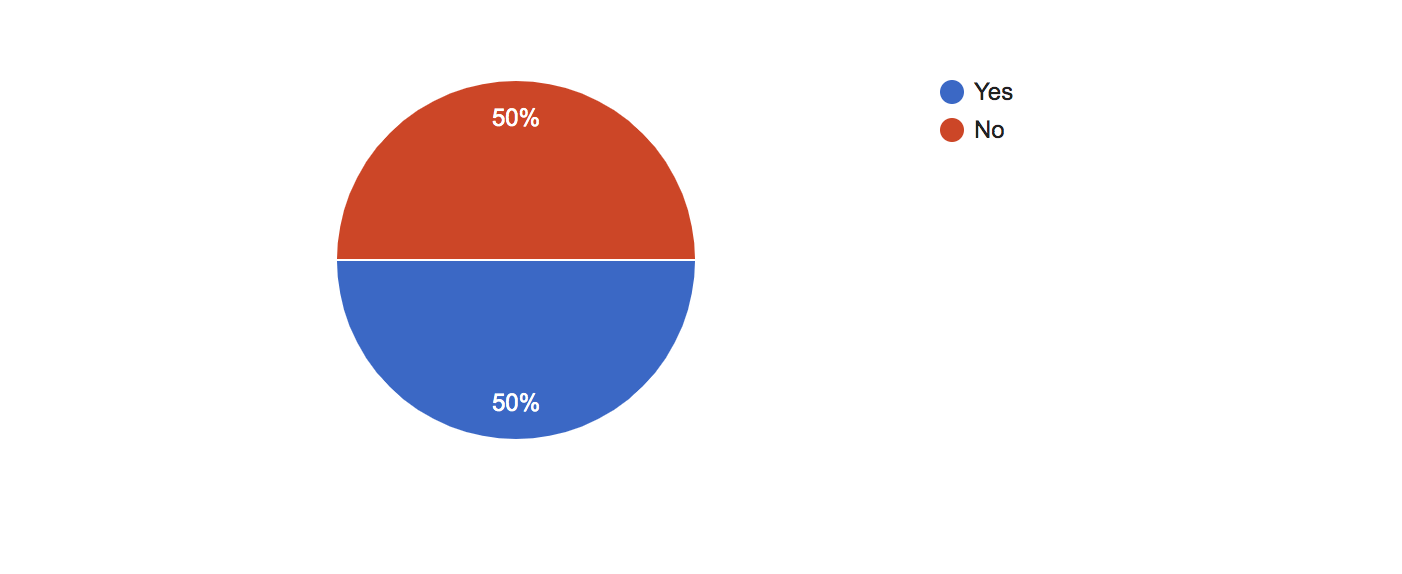
Do you feel uncomfortable interacting (eg. touching) a person with skin conditions?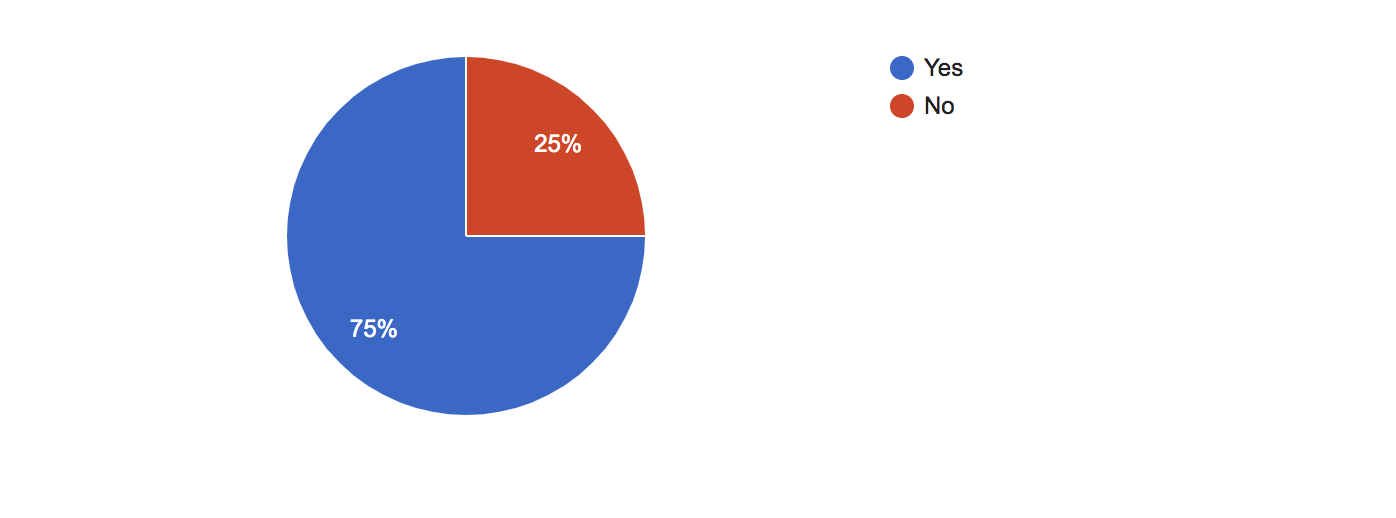
If your answer to the previous question is yes, please specify why.
If you had a better understanding of various skin conditions, would your reaction to people with these conditions be different?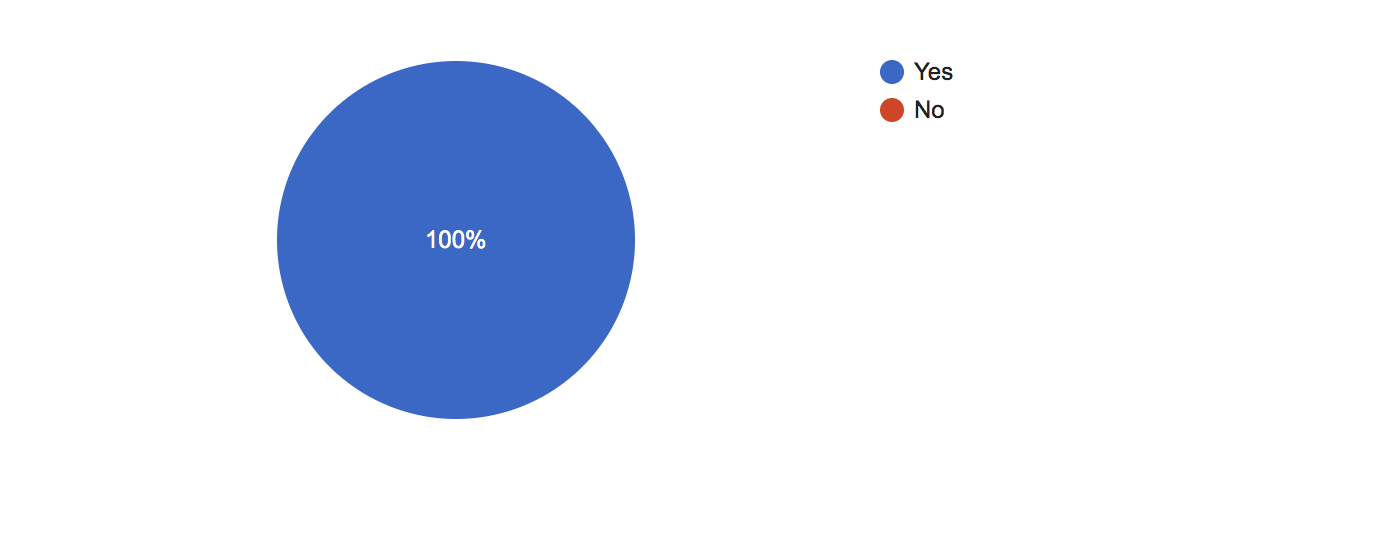
Further Research
According to research at the American Academy of Dermatology, 68 percent of 56 healthy volunteers would find someone with skin conditions unattractive as well as be ashamed to have it themselves. 41 percent would feel uncomfortable with someone who has skin conditions, and 14 percent would avoid hiring them. Feeling stigmatised for skin conditions has also shown to cause quality of life to be poorer amongst sufferers.
The researcher has lamented that these are astonishing results as skin conditions such as acne can be common, yet there is a lack of empathy and understanding of the conditions.
Conclusion
The stigmatisation of skin conditions is certainly caused by misconceptions and a lack of understanding from the public, affecting the patients quality of life. With these research results, tackling stigmatisation can be approached from the patients’ point of view and the public point of view. It is important for patients to understand that having skin conditions is nothing to be ashamed of and their self esteem does not need to be affected by the public. On the other hand, the public needs enhanced knowledge of skin conditions and understand that a person with skin condition will not spread their condition to others.
